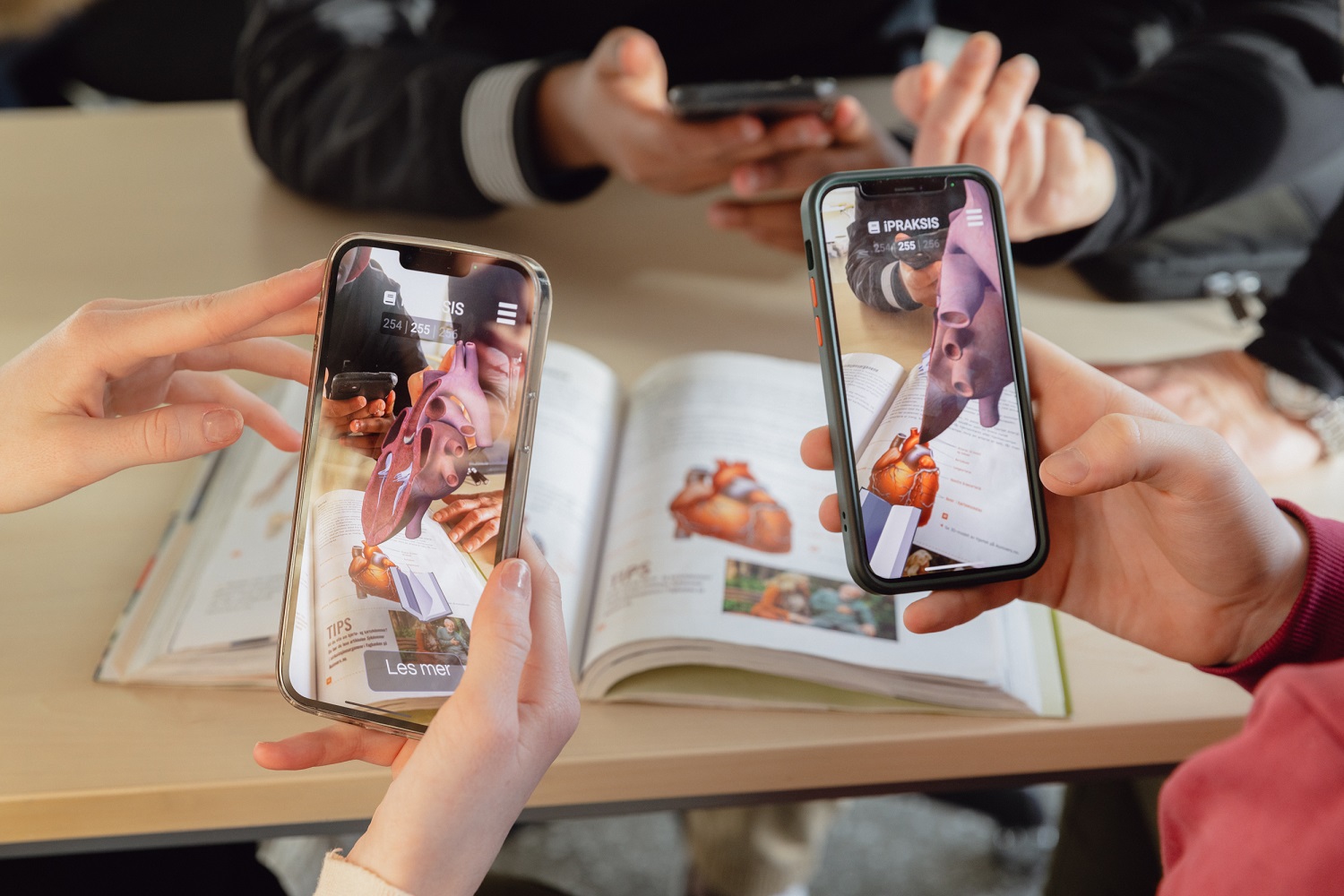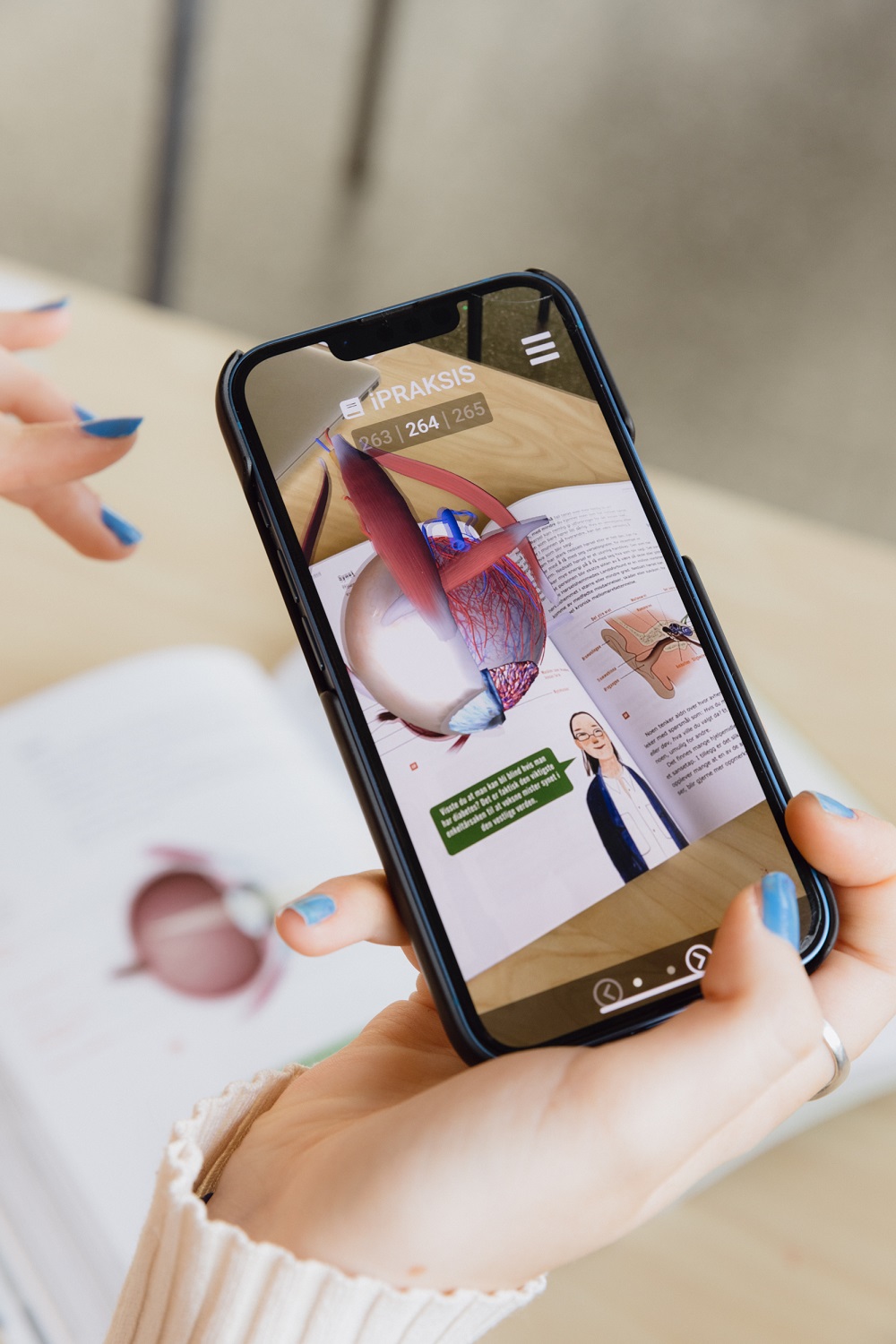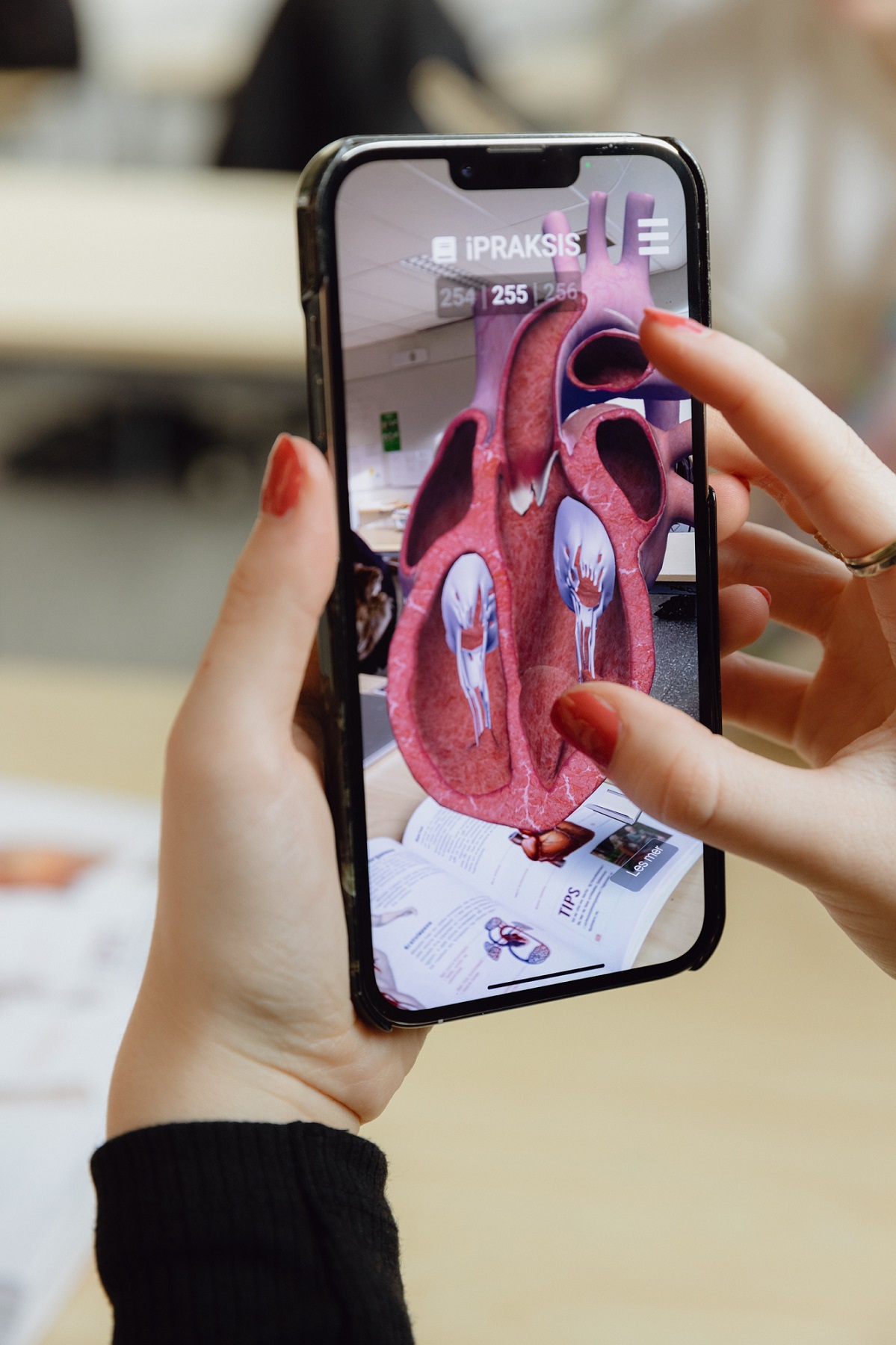
Using AR in the classroom: A Q&A with Ludenso's Eirik Wahlstrøm
Eirik Wahlstrøm is the Co-Founder and CEO of Ludenso, a 3D and Augmented Reality (AR) platform built specifically for education. Wahlstrøm spoke to Startups Magazine about Ludenso, the inspiration behind the company, and why the use of tech in education is so important.
Can you introduce yourself and tell me about your background?
I’ve always had a passion for technology and figuring out how things work. At the Norwegian University of Science and Technology (NTNU), I met my first co-founder Harald Manheim, and together we started our first company, MovieMask, to revolutionise the cinema experience. We developed this further into MagiMask, the first mobile AR headset with 4X the resolution of other mobile-driven headsets.
Even though MovieMask was quite successful, selling tens of thousands of units across 100 countries, we were intrigued by the experiences and opportunity to scale with pure software solutions. As we started experimenting with the combination of AR software and hardware in various industries, we were invited to schools to test it out. And we fell in love.
Seeing the massive impact it had on the students’ motivation and engagement, we immediately saw the potential for how this could fundamentally improve education globally.
Along with our stellar third co-founder Ingrid Skrede, Manheim and I then founded Ludenso, a purely software XR company aimed at bringing education to life through the magic of AR.
Tell me about Ludenso in your own words
Ludenso is all about using AR technology to make education more engaging and accessible for students by creating a sense of mastery and curiosity around their learning materials.
 We take traditional learning materials, which have remained largely unchanged for a hundred years, and bring them to life. For example, instead of a student staring at a diagram of the brain, they can scan the book page and explore a 3D animation of a neural signal passing through a neuron as it bursts from the pages.
We take traditional learning materials, which have remained largely unchanged for a hundred years, and bring them to life. For example, instead of a student staring at a diagram of the brain, they can scan the book page and explore a 3D animation of a neural signal passing through a neuron as it bursts from the pages.
All of these learning experiences are designed by subject matter experts, who use Ludenso’s drag-and-drop AR platform (Ludenso Studio) to create an interactive layer for their books.
What was the inspiration behind starting Ludenso?
My co-founders, Harald Manheim and Ingrid Skrede, and I have always been excited about the potential of XR to shape the way we consume information. Before Ludenso, we founded Immerse Optics, transforming ordinary phone screens into portals for extraordinary experiences.
Our focus at the time was developing and deploying augmented reality (AR) headsets across a range of vertices, including education. However, we quickly learned that selling AR headsets to schools would be challenging - the scaling and cost would prevent classrooms from fully embracing AR’s potential. We changed our direction and used the technology which was becoming ever-present in the classroom - smartphones and tablets.
Our vision was that Ludenso’s platform would use these devices as a gateway for schools to tap into the AR revolution, and rethink the way they approach teaching.
What is your mission as a business?
Our mission is to empower every educator and learner with AR technology, battling the educational boredom that many students face throughout the world. By helping publishers bring their learning material to life with AR, we can enable millions of students to get better and more impactful learning experiences.
How many are on your team and how has this been built and grown?
While Ludenso started with four people based in Norway, we’ve now expanded globally to 16 employees from London to India. To make the communication seamless between the tech and product team and the founders, we built our HQ in Oslo. Our London client team is strategically placed to build close relationships as London is one of the world’s most important locations for publishers, educational institutions and edtech companies.
What sets Ludenso apart in the AR landscape, and how does the technology address current market needs?
The AR & VR market is projected to reach 597 billion by 2030. One of the key drivers of this growth is the education sector, where there’s been a growing demand for solutions which provide both simplicity and scale. While some publishers have developed in-house AR apps, not every publisher can easily develop 3D content. This process requires a huge investment from publishers and also an internal development team.
That’s where Ludenso comes in. We’ve built a no-code drag-and-drop platform that is empowering subject experts, including authors and professors, who may only have a little technical knowledge, to create their own AR experiences.
What are the biggest technological challenges Ludenso faces in enhancing AR experiences?
One of the technological challenges Ludenso faces is the delicate balance between sophisticated content creation and seamless user experience. As we enrich our AR content with diverse functionalities such as audio narratives, the complexity increases. To address this, we are simplifying the delivery mechanism for educators to ensure that advanced AR experiences can be seamlessly integrated into any teaching routine.
Why is the use of AR in education important, and how is it helping students?
Underpinning the education system are learning materials. Unfortunately, a lot of students struggle to engage with the traditional materials, and as a result, show lower academic achievement and a lack of motivation.
AR offers a way to improve the learning experience for all students. Research has shown that 97.3% of students agree that the use of mobile AR applications has a positive impact on their learning.
Using video, audio, and 3D models, AR-enriched learning materials can help create a customisable learning experience for students that helps boost their independence and self-esteem in the classroom. This leads to more inclusive education, especially among learners who face the biggest challenges with traditional resources.
What challenges have you faced on the journey, and how have you overcome them?
When Ludenso first started, one of our main products was Ludenso Create - an AR creation tool that lets people visualise their ideas in 3D, and then transfer their knowledge to the real world. It was an initial success, however, we soon realised that we needed to focus on products which would have a bigger and long-lasting impact on the classroom.
We made the tough decision to freeze any further development of Ludenso Create and focus instead on Ludenso Studio. Looking back , this was one of the most difficult challenges we faced, and one of the pivotal moments in Ludenso’s history.
What have been the highlights of the Ludenso journey?
 We’ve always been driven by our passion for AR technology, and our most memorable highlights have been when we’ve realised the impact our technology is having. Seeing the results of students using our technology, and hearing teachers describe how students are becoming more confident in the classroom, makes us truly motivated and proud of the work we’re doing.
We’ve always been driven by our passion for AR technology, and our most memorable highlights have been when we’ve realised the impact our technology is having. Seeing the results of students using our technology, and hearing teachers describe how students are becoming more confident in the classroom, makes us truly motivated and proud of the work we’re doing.
Outside of the classroom, in 2023, we were shortlisted at BETT (previously British Educational Training and Technology show), alongside our client PG Online, for the Innovator of the Year award, and won the Secondary - Free Digital Content, App, or Open Educational Resource award, which was an incredibly affirming moment.
What’s next for Ludenso, do you have any exciting plans coming up?
Last year was a big chapter in our journey at Ludenso. We launched several partnerships including with Books of Discovery, Express Publishing and Sage, both of which have helped bring our technology to thousands of classrooms and lecture halls across the globe. We’ve also expanded our existing partnerships, moving to becoming an integral part of our client's offering globally.
Whilst these partnerships were huge milestones for Ludenso, which have helped trigger over 300,000+ learning experiences worldwide for educators and students, we’re always looking to find new ways to help revolutionise the classroom. We’ve recently launched our first app for Apple Vision Pro, ‘A Spatial Tale’, and we’ll be continuing to explore how the Vision Pro’s technology can change the way we learn.

